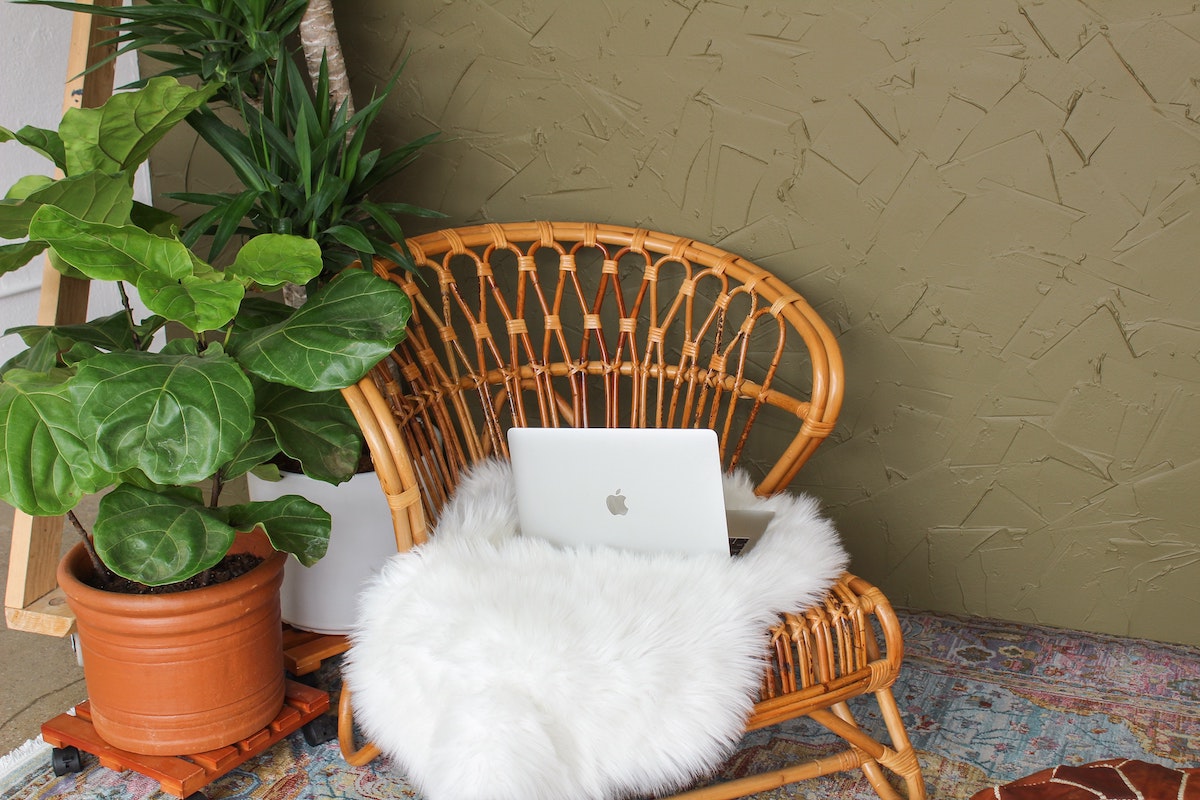By Nathan Cuthbertson
I need not remind the reader that small businesses are dead. Large corporations have killed the small business industry over the span of a few years. Then lockdowns buried it and held the funeral. The days of the local retail outlet are behind us. We must now only buy from big business cronies that end the worker and trample the average person. However, data tells us a different story. Despite the number of brick-and-mortar stores declining, small businesses are very much alive and well in this country- they just have a new name, the side hustle.
The Australian Bureau of Statistics reports that 867 000 Australians have second jobs, many of which include side hustles. With the rising cost of living pressures, many have taken it upon themselves to earn an extra income. However, rather than a second job, many are turning to small entrepreneurial ventures and contract work over the traditional form of employment. During the last financial year, out of the 167 646 new businesses created, 80% were non-employing or sole trading. This means that Australians are adopting the small business model in droves.
From drop shipping, gardening, tutoring, photography, art, and other services, many have taken to new forms of income based on hobbies rather than employment. Turning their wardrobes into rental agencies for designer dresses or using their organisational skills to become professional de-clutters, the humble side hustle represents a new emerging structure in the economy. Essentially, everyday people can turn skills into extra money. Motives for this emerging market vary from strictly financial, to those who seek flexibility in the work environment, or simply have a passion for what they do.
Small businesses have not died; in fact (more so than ever) small businesses are the preferred method of commerce. The internet and contract work has replaced the former physical outlets of stores in the same way that remote working has become a viable alternative. Small business looks different. There is no longer a need for shelves and warehouses for goods, instead, garages and spare rooms suffice. Made-to-order businesses can receive orders and ship them without the need to ever meet the client physically.
The flexibility that this offers individuals is unparalleled. Freedom and autonomy from setting your own hours and pay are desirable to many people. For instance, a side hustle of lawn mowing will allow you to work at your own pace, use your own tools, demand your own pay, and choose who you work for. The ability to not work one morning due to a prior commitment and make it up at another time would simply not be allowed in a conventional nine-to-five job. The flexibility of work arrangements is important to the modern workforce, and most companies are not yet suited to provide it. The side hustle is not limited to physical work but equally to intellectual. Accountants, IT professionals, designers, and consultants can all provide their services on the side of short-term contract work. This provides independence to the worker and allows additional income on their own terms.
The rising cost of living has increased the financial strain on many household budgets, and due to this, side hustles are increasingly more appealing. Combined with the flexibility and convenience of the type of work, side hustles provide a very attractive alternative work form for many people. Whether it is to add disposable income, simply for the passion or even the main source of money, the side hustle is presenting itself as a new form of small business.

